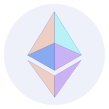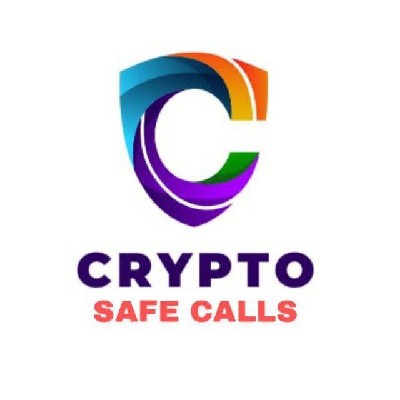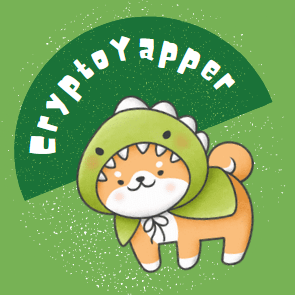When comparing $WOOF to other memecoins, it’s important to consider several factors that influence the long-term viability and potential for growth. Memecoins, as a category, are highly speculative, often driven by social media trends, community support, and influencer endorsements rather than inherent utility or innovation.
$WOOF, like other memecoins such as Dogecoin ($DOGE ) or Shiba Inu ($SHIB ), relies heavily on community involvement and social momentum. However, what sets $WOOF apart is its attempt to build a more integrated ecosystem, possibly with more utility or unique features tied to the project. This could include staking, NFTs, or governance aspects that may appeal to holders looking for more than just meme value.
Comparing $WOOF to Dogecoin, the most established memecoin, it’s important to note that Dogecoin has seen significant support from high-profile figures like Elon Musk and has been adopted for various uses, from tipping to transactions in certain platforms. In contrast, $WOOF is still in its earlier stages, and while it may have strong community engagement, its long-term use case or sustainability remains uncertain.
Shiba Inu, another competitor, has attempted to expand its value proposition with the creation of a decentralized exchange (ShibaSwap), NFTs, and other features that could give it more staying power than a pure meme token. Similarly, $WOOF would need to demonstrate an evolving utility to maintain its relevance and value beyond its meme status.
Ultimately, whether $WOOF is worth holding depends on your investment goals and risk appetite. If you believe in the long-term potential of the project to evolve beyond just hype and speculation, it may be worth holding. However, like all memecoins, it carries significant risk, and price volatility is a major factor to consider before investing
View translation
5k views
Do you trade or hold WOOF? Bullish or bearish?
31
Popular futures

BTC/USDT
85197.9
-2.54%

ETH/USDT
1909.7
-5.65%

XRP/USDT
2.2273
-5.82%

EOS/USDT
0.5814
+1.13%

BCH/USDT
312.2
-6.75%

LTC/USDT
88.68
-5.63%
Top









All comments (0)